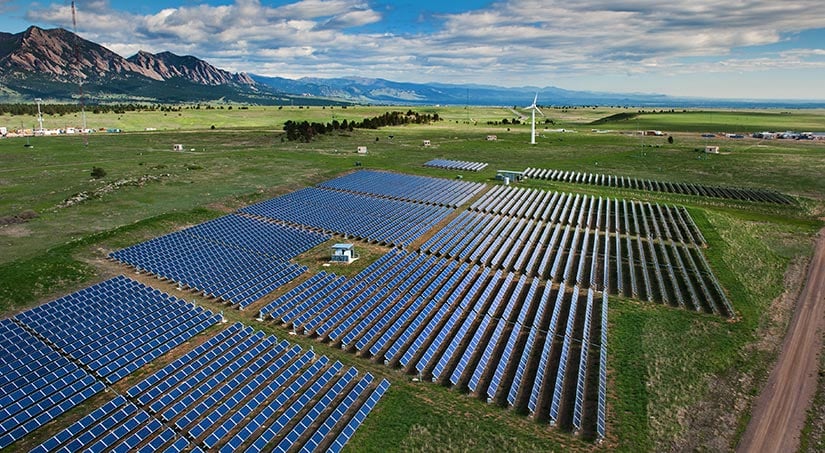Energy Resource Integration
NLR is developing the technologies and tools to enable the integration of all energy resource types into power systems.

With many energy generation types available, NLR is ensuring that they work safely together on the power grid. There are many types of primary energy sources that can be used to produce electricity. These include natural gas, nuclear, renewables, and coal. These energy resources can be further classified by how they produce electricity to connect to power systems. Natural gas, nuclear, coal, geothermal, hydropower, and concentrating solar power use synchronous generators to produce electricity. Solar photovoltaic and modern wind turbines, fuel cells, and microturbines use inverters to convert DC electricity into AC power.
Maintaining reliability while incorporating new energy resources is a top priority for power grid planners, operators, and regulators. NLR has studied power systems with 30% to 100% variable generation and learned that these systems can achieve high levels of reliability.
The following table outlines the key findings from NLR research related to each technical challenge with integrating variable generation into the grid. This research is iterative in nature to reflect new technologies and emerging questions.
| Technical Challenge | Lessons Learned | Related Research |
|---|---|---|
| Responding to the short-term variability of wind and solar power generation | Short-term variability and uncertainty in generation can be cost-effectively managed by increasing grid flexibility. Many grid flexibility options have been deployed, including how the power system is scheduled, balancing supply and demand over larger regions, using energy storage and other quick-ramping resources, and employing new operating reserve approaches. | |
| Ensuring enough electricity generation to meet demand during all hours of the year | Demand for electricity during all hours of the year can be met through a portfolio approach that aggregates variable generation with dispatchable resources. | |
| Recovering from a grid disturbance | Increased use of power electronics supports frequency stability. This could include flexible loads that are paid to disconnect for very short periods of time or inverter-based resources that can rapidly increase output (fast frequency response). | Protection coordination of inverter-based resources |
| Maintaining reliability on the distribution grid | New grid-enhancing technologies, advanced communications systems, and grid-forming inverters support the reliability and resilience of distribution systems with increasing electrification and extreme weather events. | Real-time optimization and control of next-generation distribution infrastructure Demand response and controllable loads |
Learn more about the basics of planning and operating the future power grid.
Contact
Share
Last Updated Dec. 6, 2025
